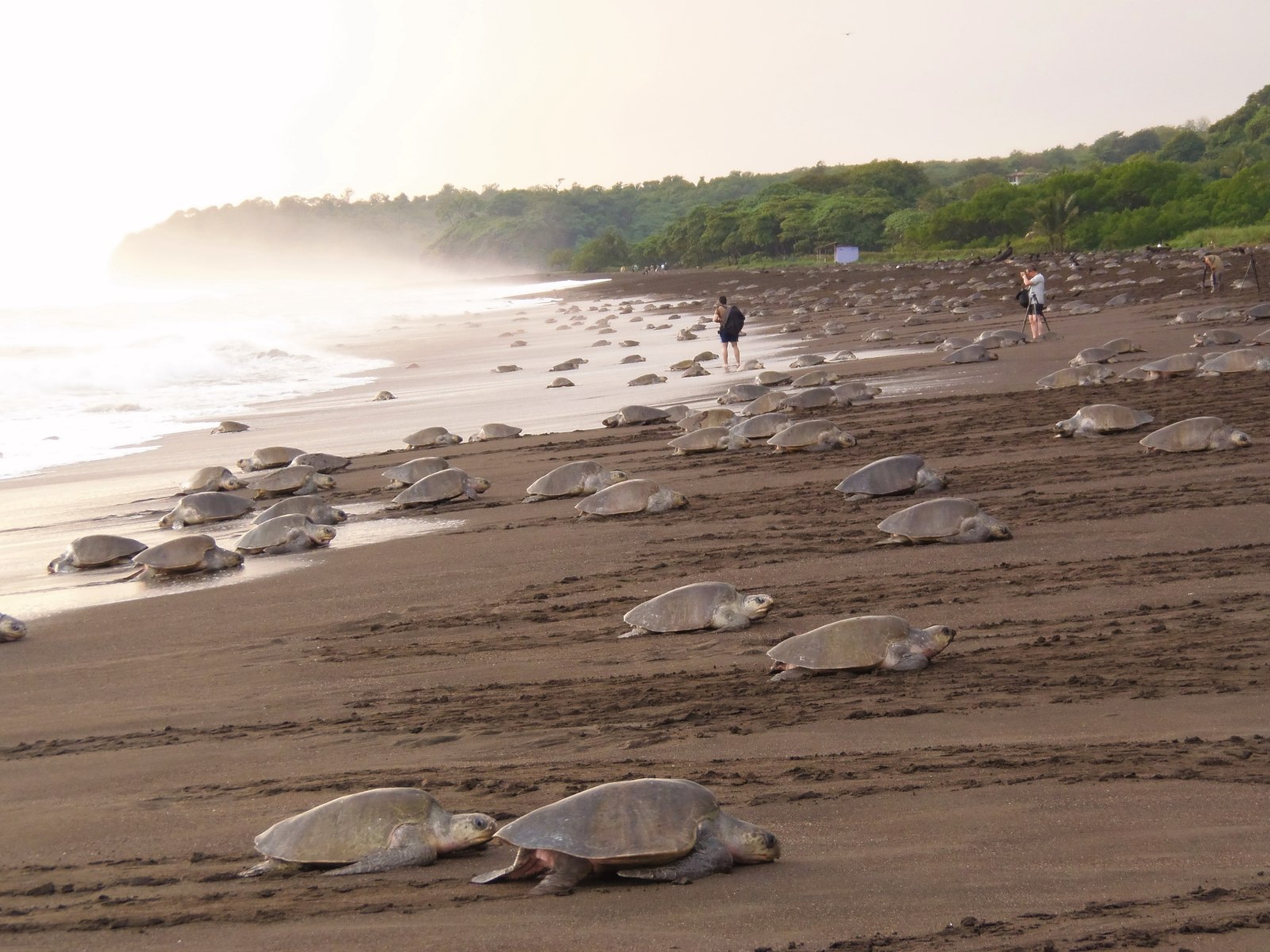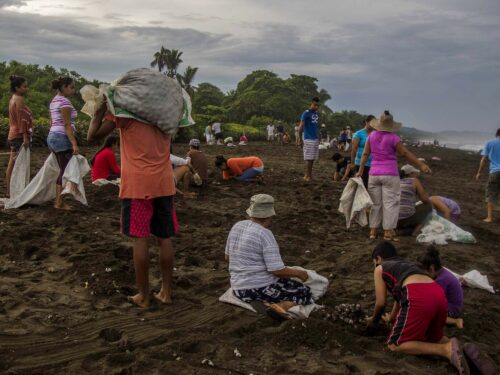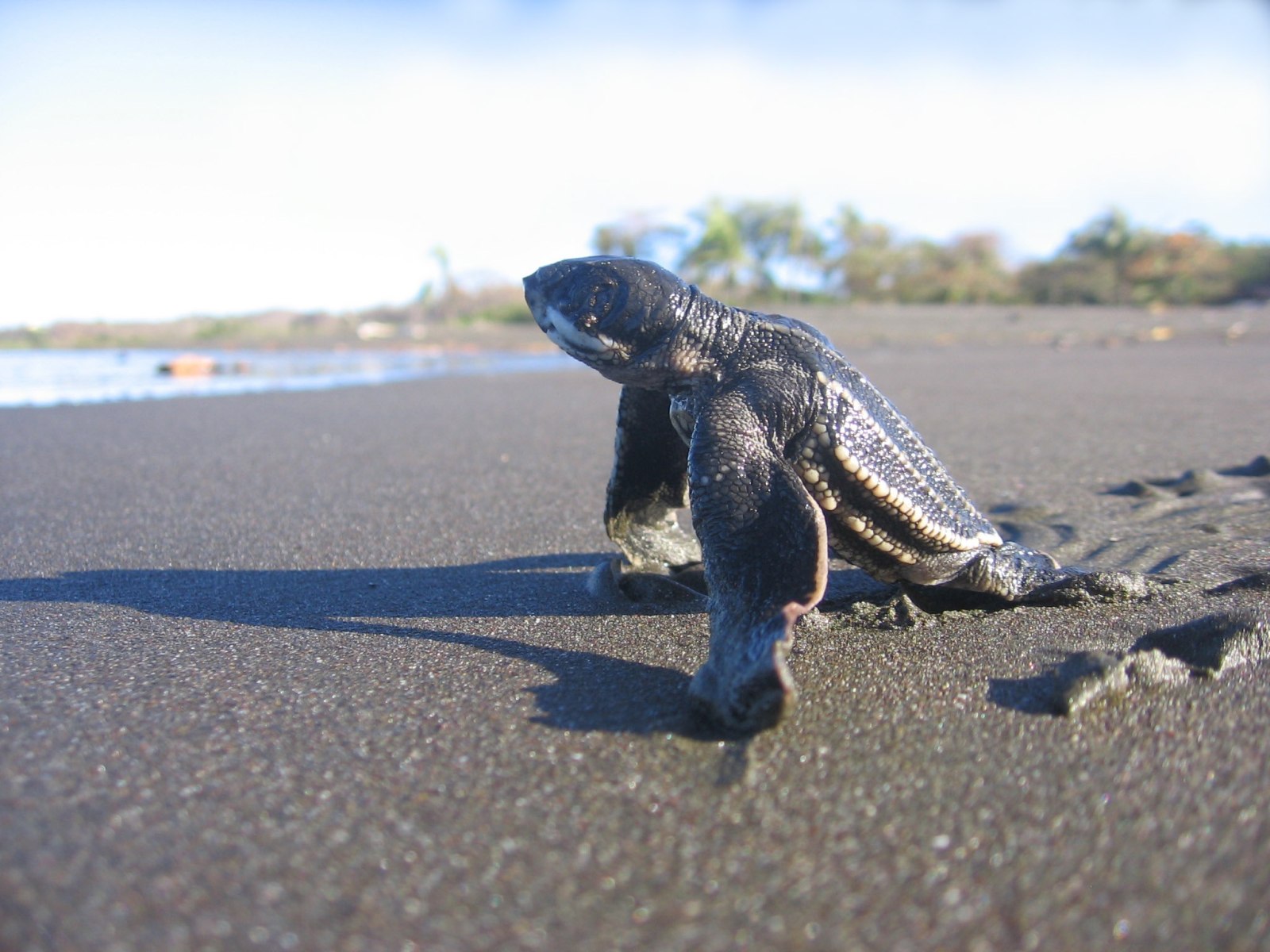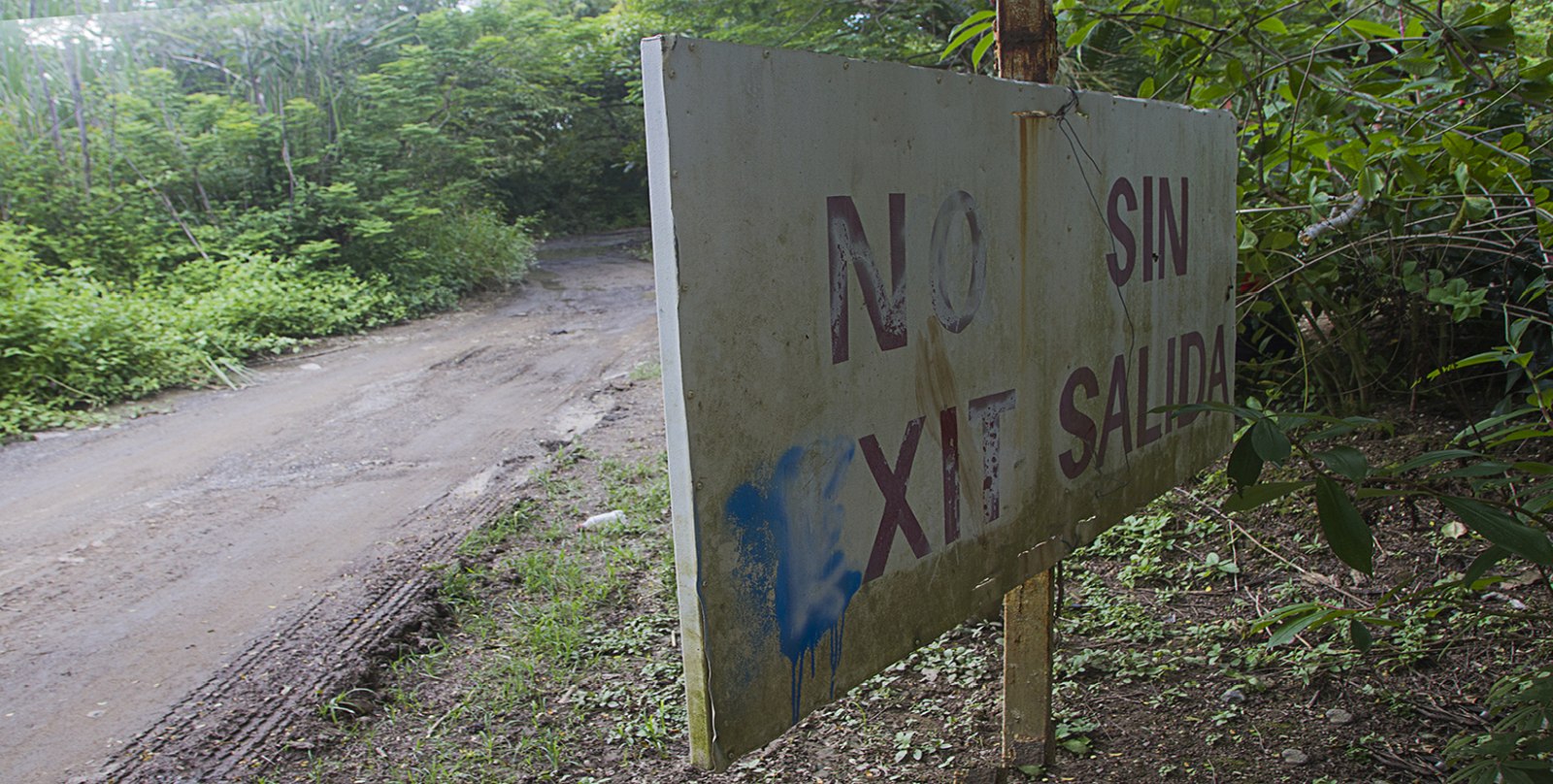
When a project is born crooked, it is difficult to straighten out. When the creation of the Ostional National Wildlife Refuge was decreed in 1983, the fact that families had been living within it for a long time was not taken into account, nor did they take into consideration that there are people who have titles for their lots. That is how the project was born crooked.
There is no doubt that they needed to— and still need to— protect the sea turtles that come to Ostional Refuge. This is one of the few places in the world where Olive Ridley turtles come in massive quantities to lay eggs, and ensuring their life cycle is fundamental for ocean life in general and for the turtles in particular.
However, the government at that time forgot to take into account a very important point: the people who were born and raised there. Many of them had concession permits from the mayor’s offices that regulated the 200 meters of the maritime land zone. Others simply moved in and put up their little houses. Nobody imagined that they would eventually be within a protected area. But that is what happened.
Time passed and the people who were within the refuge since before its inception stayed there. Still others, many more, arrived after the Ministry of Environment and Energy (MINAE- Ministerio de Ambiente y Energia)— the entity with authority to regulate activities within national refuges— handled the situation by allowing the people who were there to stay, and honestly, not being very proactive in preventing more people from also coming to the refuge, moving in and building their homes.
It seemed that everything was under control, at least for the inhabitants of the refuge who, for all those years, sought a way to live with the situation. The community of Ostional organized together with MINAE and the University of Costa Rica (UCR) to better understand the relationship between the turtles and the people who live there, and how they can help each other. Scientific studies were done that showed that positive interaction between the two species is possible. Nowadays Ostional welcomes up to 250,000 turtles coming to shore in three days and the community can exploit some of the eggs that wouldn’t hatch anyway.
But in 2009, the situation changed following a ruling by the Constitutional Court. For the first time, it was clarified that the refuge belongs to the national government and that there should not be concessions, permits or buildings. But it was also specified that no one should be kicked out of the Refuge until a new law is approved by the Legislative Assembly to legally regulate people staying in the refuge.
Six years have passed since that ruling and we have not seen that law that the Constitutional Court talked about. What we have seen has been a moratorium enacted in 2010 to prevent evictions while the situation in Ostional was resolved, but the moratorium expired in September of 2014 without making progress. We also saw the Coastal Community Territories bill pass, but it was rejected for Ostional by the same Constitutional Court because this area was not considered as a refuge in the bill.
But this November, we saw a sharp turn of events. We saw up close what this lack of action by the Legislature means for the inhabitants of Ostional. The Ministry of Justice decided to apply the law with a firm hand— those who build or repair a building within the Ostional Refuge will face demolition and prison.
And among this whirlwind of decrees and projects, of compliance and inactivity with laws, a fledgling law project has arisen that seeks to make the refuge mixed use and not just national property.
We will not discuss here whether the project is good or bad, because we would need another editorial to analyze it, but what we can say is that, if this project is approved by the legislators in a second debate— something that probably will not happen anytime soon if we take into account the “turtle pace” that characterizes the Legislative Assembly— then the inhabitants of the Ostional Refuge would no longer have to see how their homes deteriorate without being able to fix them.
Legislators: Lack of action has consequences that go beyond paper and take the face of entire families that are waiting for a law. It is time to stop going around in circles and time to go straight to what is needed. Work on the new bill together, invite the community leaders of Ostional, Pelada and Guiones to participate, and above all, clearly organize the situation in the Ostional Wildlife Refuge.







Comments